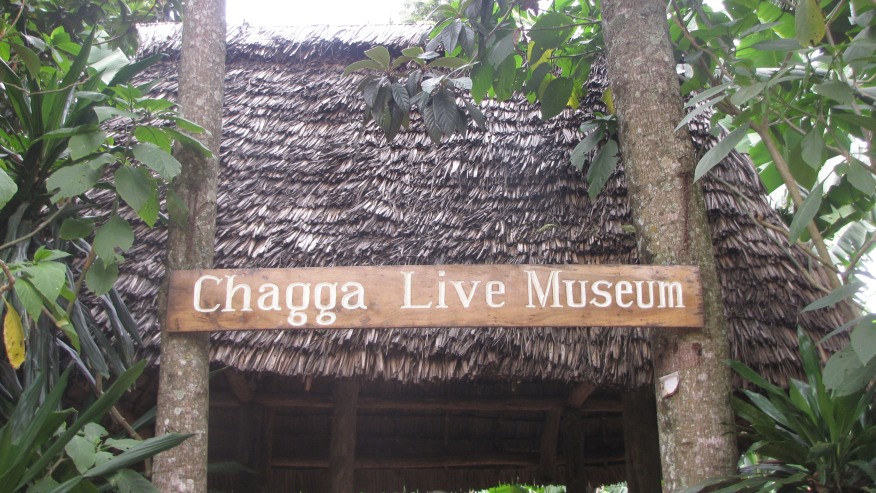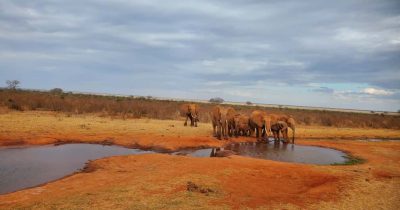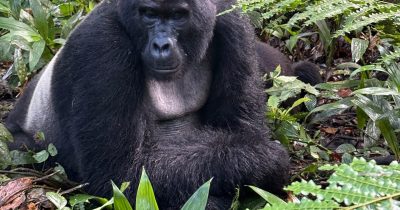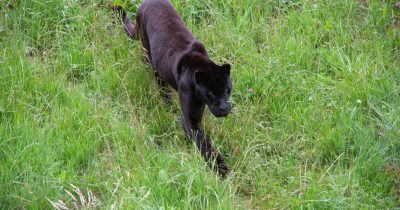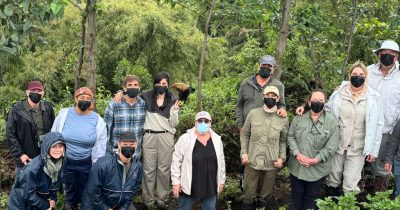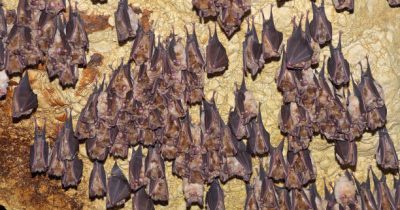Cultural Tours in Tanzania
Everything you must know about cultural tours in Tanzania. Tanzania is famous for its wildlife and beach life. In Tanzania, cultural tours are also available and these can be combined with wildlife and beach tours. Cultural Tours in Tanzania allow travelers to immerse themselves in the traditional and local customs of the natives. The country is a culturally diverse community with over 120 tribes. These occupy both the mainland and the coastal land. The cultural tours in Tanzania are considered community development programs. These programs aid the locals to benefit from the tourism sector. The revenues that are obtained from the cultural tours in Tanzania are used in the community for the development of education, health, and other sectors. Cultural tours are more done in the northern part of the country, the eastern part, and the coastal areas.
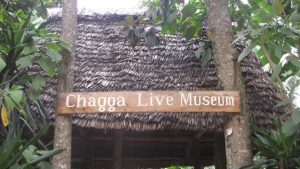
Where to do cultural tours in Tanzania?
The Masai community
The Masai are part of the Nilotics group who are situated in the northern part of Tanzania. Masai people speak the Masai language. During a cultural tour in Tanzania, the Masai can be found in the areas of the Ngorongoro Conservation Areas living in their Bomas. Historically the Masai are known to be among the most rebelling communities during the colonial time. They are also believed to have originated from the western part of Kenya.
The uniqueness of the Masai is the design of the clothing and economic and cultural activities. The Masai are much of pastoralists who rear different livestock like cattle, goats, sheep, and many others. The circumcision is one of the cultural activities that is done to both males and females. The other activity is the piercing of the ears. The Masai wear colored clothing like red, blue, and many others. The other design is the beads that they wear. The beads are locally made within the community. During the cultural dances, the Masai do not need musical instruments to sing except the beads on their body offer the rhythm of the songs. This is one of the reasons why travelers usually choose homestay to fully encounter the culture of the Masai.
Maranga Village
The village is found in the foothills of the Mountain Kilimanjaro which is a 45-minute drive from Moshi town. In this village, the Chagga is the dominant tribe or community. In this village, you will see different plantations which include bananas, coffee, yams, and many others. During a visit to the village, you will hike to the top of the Maranga Falls which is the highest in the village. Then also the Maranga Live Museum is there with the traditional facts of the Chagga. More so, during a visit to the Maranga village, the travelers will engage in the coffee tours and many others.
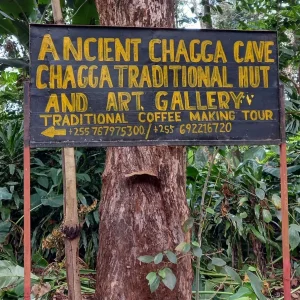
Kisangara Cultural village
The village is situated 62 kilometers away from Moshi town near the mountain Kilimanjaro. During the cultural visit to the Kisangara village, you will engage in different activities like carpentry, beer brewing, brick making, and many others. During the visit to the village, you will engage in a colorful market day on Sunday and Sunday every week. The other activity is the hiking of the mountain Kindoroko and upon reaching the top of the mountain, you are required to plant a tree.
Mto Wa Mbu Village
The village is located on the highway to the Serengeti National Park and the Ngorongoro Conservation Crater. The village traces its name from a direct translation of “river of mosquitoes’’ and this doesn’t mean that the village has a lot of mosquitoes. While on the Mto Wa Mbu cultural tour, you will engage in the village walks, melting of the pots, cycling, tuk-tuk tours, cycling, and the visit to the local bars. The village is also located near the Lake Manyara National Park and Tarangire National Park.
Pangani
This is the oldest place that was established in the 15th century during the slave trade. The town is located near the Indian Ocean and it originates its name from the river Pangani which flows from the mountain Kilimanjaro to the Indian Ocean. During the cultural tour to Pangani, you will see different buildings aged about 200 years ago, slave markets, Arab architecture, the slave labor camp, and many others. In this village, you will engage in the coconut plantation and you can also go fishing with the locals of the area.
Saadani Village
This village is located within the Saadani National Park. It is a Swahili village located on the shoreline of the Indian Ocean. The history of the village is 200 years during the slavery and the town was a slave camp for the Arabs where they used to purchase the slaves. When you engage with the natives of the area who are the Swahili these people are very talkative. It is always recommended to have a translator for you to enjoy your cultural tour.
Hadzabe and Datoga community
On your cultural safari to Tanzania, the Hadzabe and Datoga communities live in areas of the Lake Eyasi and the Eyasi cliff. The community lives life of the bush men and they wear animal skins. The Datoga are believed to have migrated from South Sudan and Ethiopia. They belong to the Nilotic pastoralists who rear more sheep, cattle, and goats. The Hadzabe community lives a life with no rules, and no calendar and they neither do cattle rearing nor the cultivation and they live in groups of about 20 individuals. Cultural tours in Tanzania have led to the development of different communities since the revenues generated are used to develop the different sectors of the community.
Tanzania also has several destinations that travelers can visit during their cultural tours Tanzania and some of these destinations include; the Ngorongoro conservation area, Tarangire National Park, Lake Manyara National Park, Serengeti National Park, and many others. Tanzania is one of the best destinations in Africa that one would visit to experience the African culture. The country is blessed with a wide range of cultural communities for travelers can visit and enjoy their safari.
